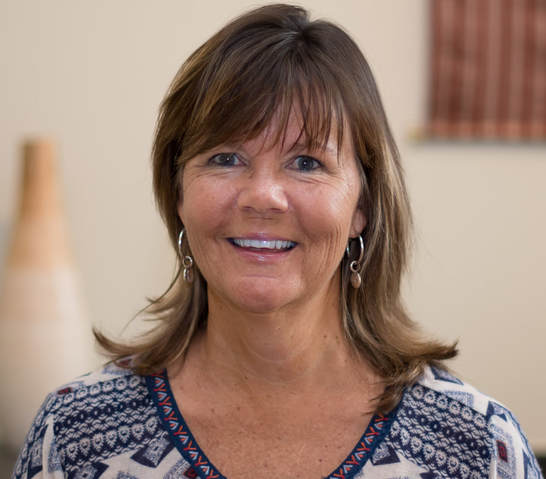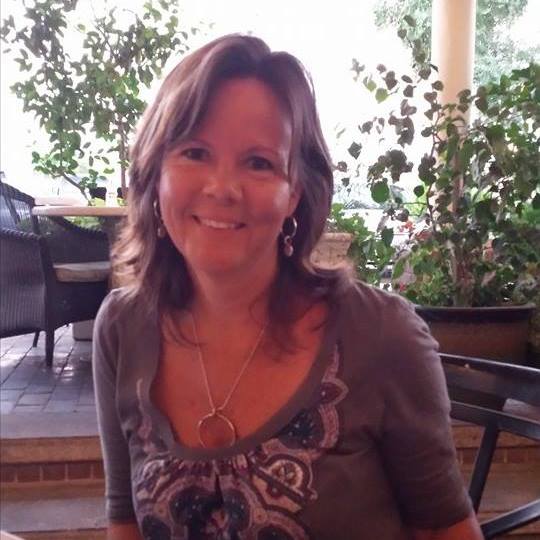|
Marvin Gaye said it right in his song, "It takes two". One person can certainly do many things, but there are some things that simply take two people. Conversations are a perfect example. In order to have a conversation, there is a necessity for two or more people to be engaged in it. One person talking simply does not make for a conversation. Then, how do we explain the practice of administrators and observers giving feedback to teachers in which it is simply one-sided? The synonym of "conversation" in French is "head to head". That certainly implies two heads. con·ver·sa·tion ˌkänvərˈsāSH(ə)n/ noun
I had the distinct pleasure of consulting in the Virgin Islands this week. After teaching administrators some solid observation practices a few weeks ago, this week was spent on pairing up with administrators, going in and conducting observations, then coming back and deciding how best to coach the teacher on his/her practice. What a treat! Throughout the week, I watched a Kinder class reading a story, a small engine repair class working on their individual engines, high school algebra, adult education algebra, 4th grade science, 1st grade science, and so many more. The one common theme was working with administrators who were used to calling the teacher in, after the observation, to tell them what they had observed (I like the way you asked questions; You should have made a copy of the Venn diagram; You did a good job.....). This week, I got the chance to model for the administrators some new ways to conduct post-observation conferences, to include many questions that would get the teacher thinking about their practice.
Here is a sampling of some questions I asked: 1. Looking at the data we collected for Questioning and Discussion Techniques, what are some patterns you are noticing? 2. Based on the questions asked, what types of student responses might be typical? 3. Given the importance of student responsibility for their own thinking, what might be some strategies to increase student-to-student responses? Throughout the week, we got to watch teachers do some pretty heavy lifting about their own teaching. Were they frustrated by this? On the contrary. We continually heard remarks like, "This has helped me understand my own teaching so much better." "I never realized I shushed the kids so much! I can't wait to work on this" "Working on this is not that hard because it is what I do." Truly, the results are every education leader's dream: teachers are doing the work themselves, comparing/contrasting lesson successes, seeing plans to improve certain strategies, and being grateful for the help. Conferencing with the administrators, afterwards, was where the real change was evident. After all, they needed to be able to watch someone else model what they knew was the right thing for teachers but still felt tentative about their own skill. After modeling the post-observation conferences (10 different ones, this week), the comments from administrators included: "Thank you kindly for your professional coaching and feedback to my teacher, Ms. ________ and I. Your assistance has been greatly appreciated. It has helped me to be more focus on my feedback approach. It also reminded me to allow the teacher to do some self-diagnosis. Thanks again for sharing your knowledge and experience with us." After having group training on the process, one administrator said of the coaching sessions: " follow-up training is in an important component. I believe that deep learning occurs when individuals have multiple opportunities to engage in an experience. " "We thought it was so worthwhile and truly forces us to look at the evidence closely to support instruction." What an amazing process observations can be if they are channeled the right direction----towards teacher improvement and growth rather than towards punitive appraisal. In addition, this process becomes a mirror for what we want teaching to look like in every classroom we visit: helping students to grow, one lesson at a time. If we continue to work toward collaborative inquiry, we will very likely see the same thing I saw this week: deep satisfaction from teachers and instructional leaders, alike, as we work together to improve education! Happy Communicating! Shelly
0 Comments
Leave a Reply. |
Shelly ArnesonCategories |


 RSS Feed
RSS Feed